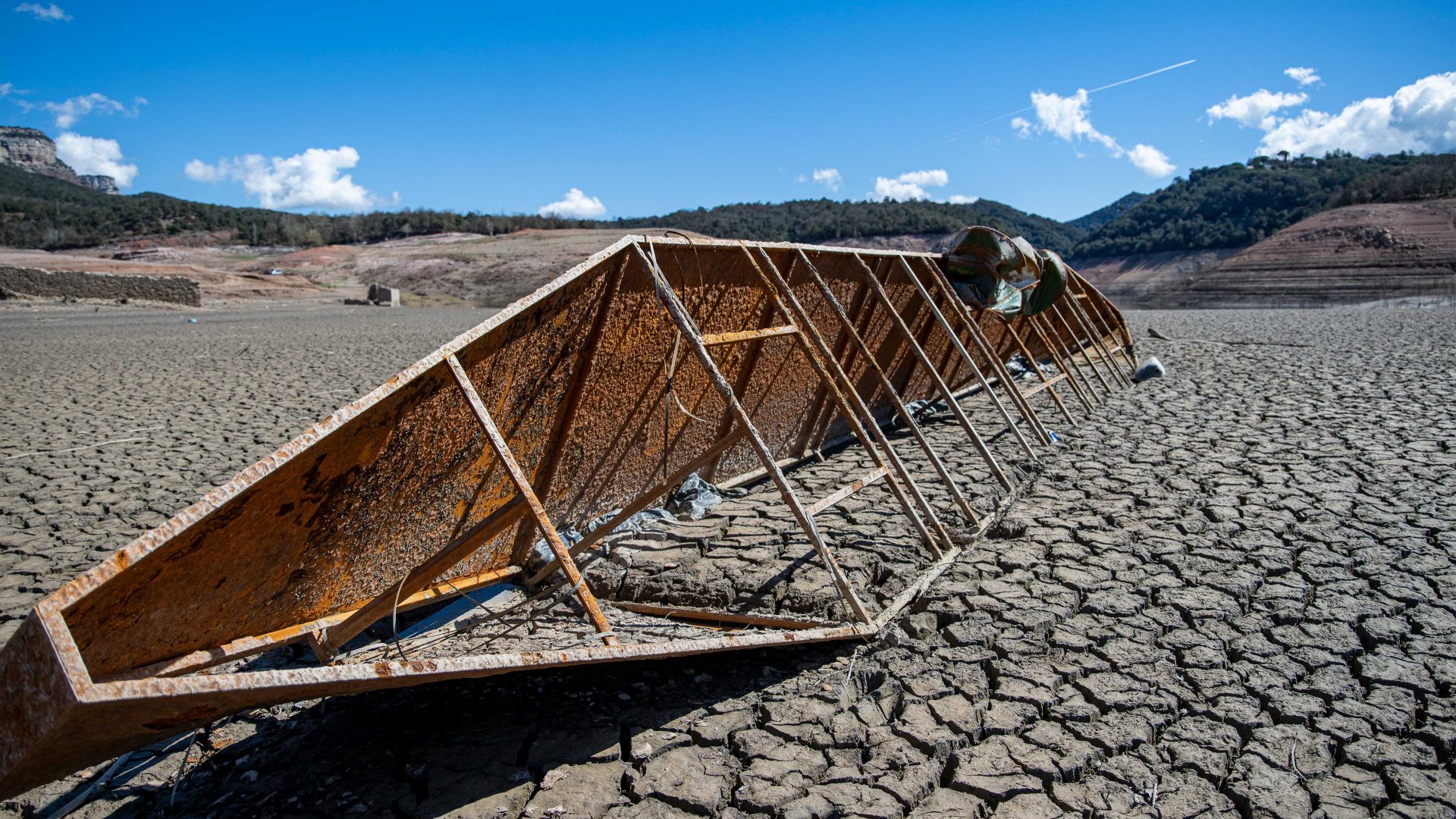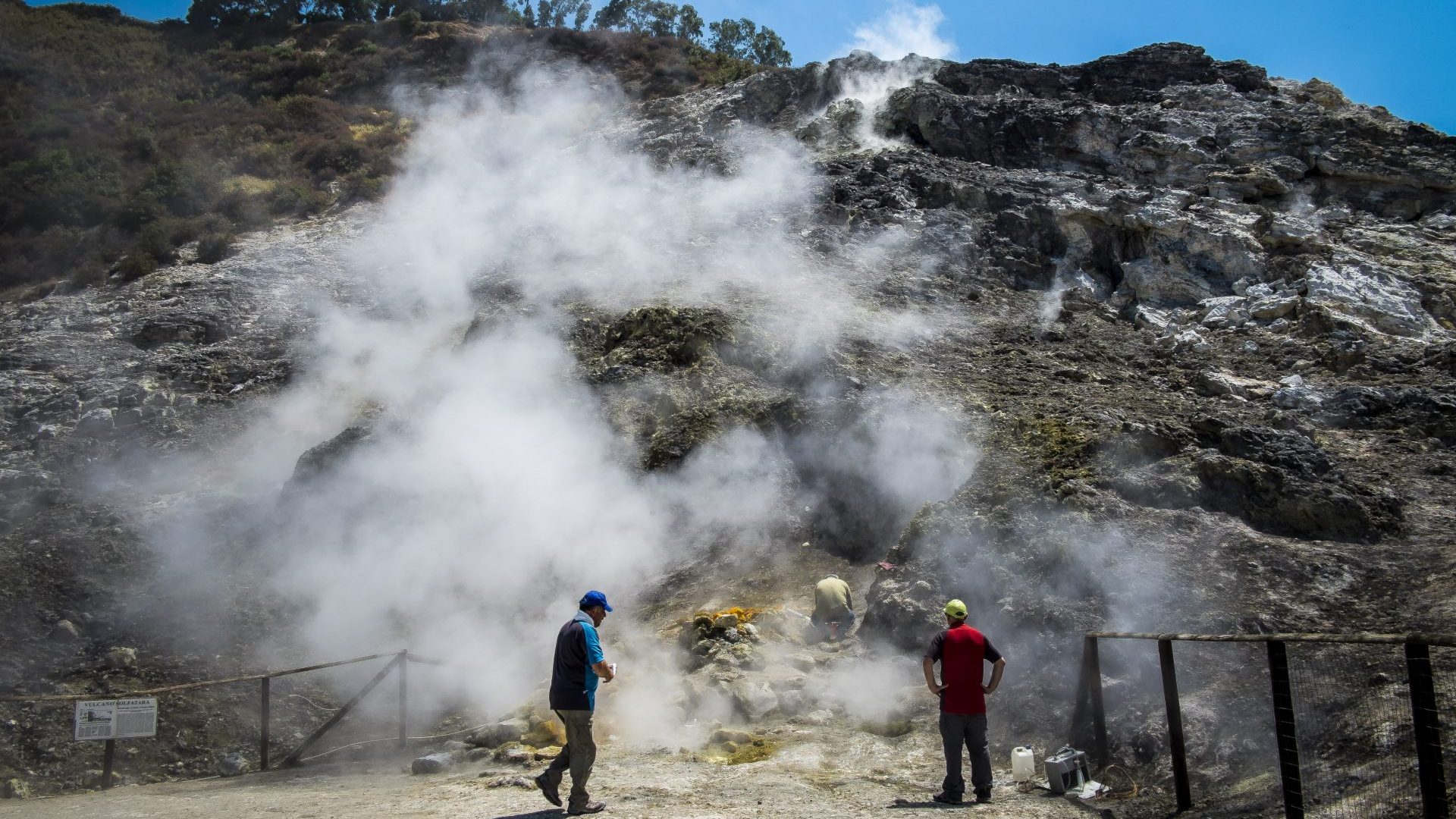As I walk through the main square in my local Barcelona neighbourhood, I see the central fountain has been fenced off. It hasn’t been working for a while, and now has been blocked off completely. But this situation is not unique, it’s the same story all over the city; even Barcelona’s most famous fountains such as the giant cascade in Parc de la Ciutadella and the much-loved Magic Fountain of Montjuïc have had their supplies cut, too.
In fact, it’s been around a year since I’ve heard the trickle of water from any of the city’s fountains. Next to each one sit small plaques with the words “sequía” or “sequera” on them – the Spanish and Catalan words for drought.
According to the State Meteorological Agency (AEMET), Spain has been in long-term drought since the end of 2022, but many parts of the country have experienced water shortages for over two years.
While some parts of Spain naturally get very little rainfall, the situation in others has now become dire, drastically affecting everything from home consumption to agriculture.
Catalonia is one of the worst hit regions. Intense heat waves plagued the summer and though autumn and winter are the wettest seasons of the year, the level of the reservoir that serves the Barcelona metropolitan area has dropped alarmingly.
A limit of 200 litres per person per day was put in place in August in 22 towns in the metropolitan area of Barcelona, and the city council recommended that all residents reduce their water consumption by 15%. A five-minute shower, for example, uses around 80 litres, but filling a bath can be up to 300 litres.
Since the summer, there have also been bans on washing cars, filling swimming pools, and watering gardens (unless with collected rainwater).
If an extreme emergency situation is declared, the local government says that limits could drop to 160 litres per person in some areas and current restrictions for industry and agriculture would increase. Other solutions include lowering the city’s water pressure to reduce consumption. The government also plans on increasing water bills in 2024.
Many experts argue that the situation is already serious and it’s not a question of whether an emergency situation is declared, but when.
“We cannot wait for cuts or for wells to dry up to be aware of the situation,” explained Samuel Reyes, director of the Catalan Water Agency.
The worst possible scenario has already been reached in two Catalan villages – La Vilella Baixa and La Bisbal de Falset, which from the late summer into early autumn were left with no drinking water at all.
It’s not just Catalonia that is suffering. The lack of rain affected autumn crop harvests in Andalucía, too. The official forecast for the olive harvest this year is estimated to be 40% below average.
Spain produces around half of the world’s olive oil and it’s an ingredient used in most Spanish dishes, yet the price of one litre of oil has risen by 52.5% in a year, well above the European average of 38.3%.
“It comes from Spain”, a woman in the supermarket complains to me. “It’s not as if it’s coming from halfway around the world. Why is it so expensive?”
Many believe the high prices are down to inflation, but much of it is due to the drought.
One bottle of extra virgin olive oil used to cost me around €4-€5, but Spain’s OCU consumers and users organisation now lists the average price at €9.42.
Whether we will have supply cuts, increased restrictions or more bans, it’s clear that everyone should already be reducing their water usage. In the meantime, we’re still waiting for the rain to come.



